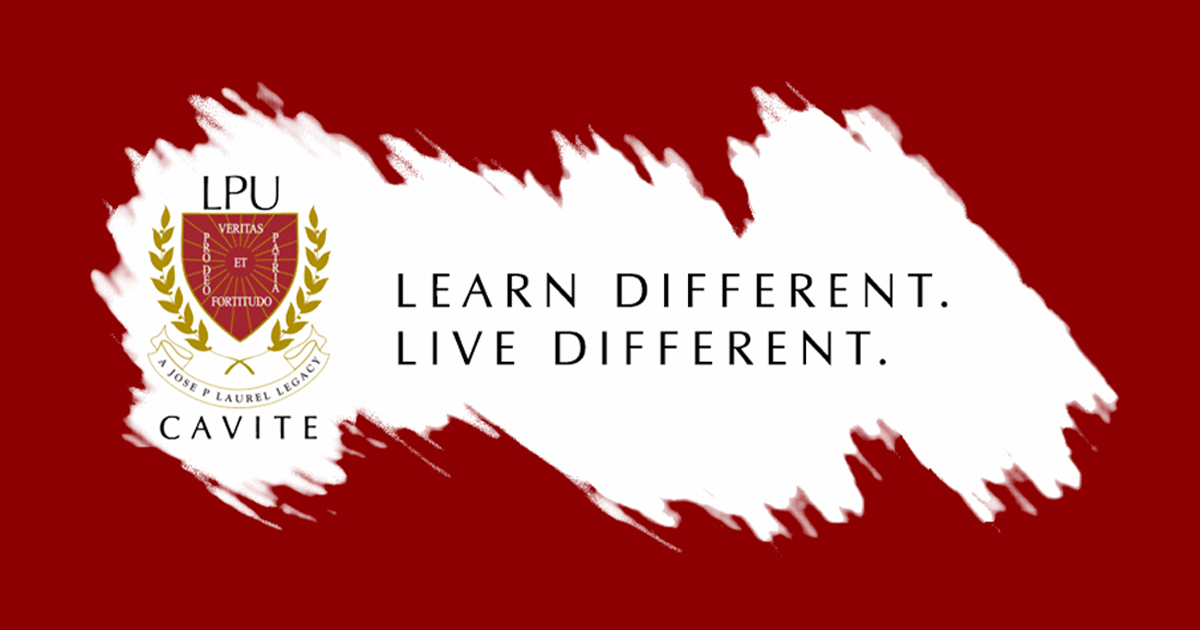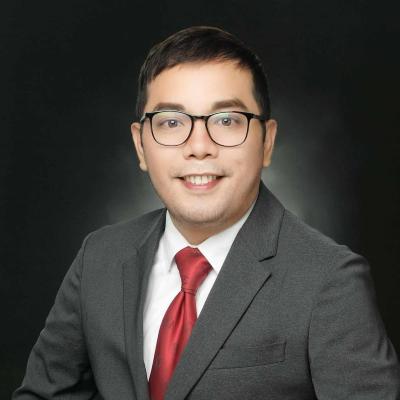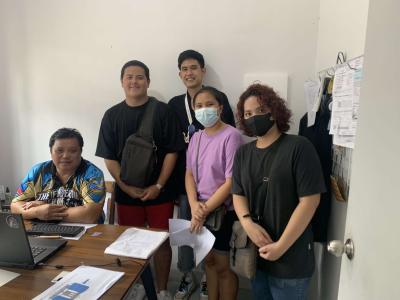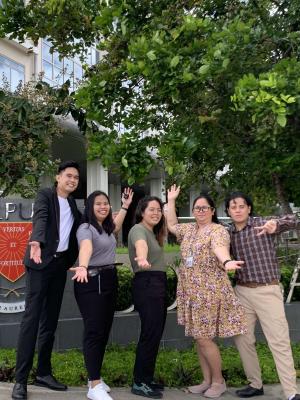The project introduces a pioneering solution to energy sustainability through the integration of an IoT-based real-time monitoring and detection system for anaerobic biogas digesters. This innovative system has been implemented in a resettlement barangay, transforming organic waste into a reliable and sustainable energy source. It addresses the pressing issue of high electricity costs and offers a practical, environmentally friendly alternative. What sets this project apart is its unique blend of advanced technology and community focus. By utilizing IoT technology to optimize biogas production, the project provides a scalable model that can be adapted to various settings and needs. The system not only improves energy efficiency but also promotes environmental sustainability by reducing waste and lowering carbon footprints. The initiative is distinguished by its commitment to engaging the local community. The researchers ensured that the technology was accessible and beneficial to residents, demonstrating the importance of clear communication and user involvement. This approach has led to high acceptance and effective utilization of the system within the barangay. The team behind this project, including Engr. Leah Q. Santos, Christine Joy A. Murillo, Mary Renelyn G. Abacan, Leo Andrew O. Alvaran, Kester Ivan B. Dijamco, and John Russell M. Geroy, have shown remarkable dedication and innovation. Their combined efforts have resulted in a solution that not only addresses immediate energy challenges but also sets a precedent for future initiatives in renewable energy and sustainable technology. Overall, this project exemplifies the spirit of entrepreneurship and engagement by demonstrating how cutting-edge technology can be harnessed to solve real-world problems and create lasting positive impacts in communities.

4th PLACE
SDG Initiative of the Year Award
BiDimon: Integration of IoT-Based Real Time Monitoring and Detection of Anaerobic Biogas Digester
4th PLACE SDG Initiative of the Year Award
Lyceum of the Philippines University - Cavite - Philippines
"IoT-Driven Biogas Monitoring: Powering a Greener, Sustainable Future"

Engage on social media
(Official LPU Cavite Facebook Account)
(Official LPU Cavite- COECSA Facebook Account)
(Official LPU Cavite Instagram Account)
Summary
Key People

Dr. Maria Teresa O. Pilapil
Vice-President for Administration
Lyceum of the Philippines University - Cavite

Dr. Mark Irvin C. Celis
Vice-President for Academic Affairs
Lyceum of the Philippines University - Cavite

Dr. Arnel M. Avelino
Dean
College of Engineering, Computer Studies and Architecture,
Lyceum of the Philippines University - Cavite
Acknowledgements
Christine Joy A. Murillo, Mary Renelyn G. Abacan, Leo Andrew O. Alvaran, Kester Ivan B. Dijamco, and John Russell M. Geroy - Researchers, for their dedication and collaborative efforts throughout the project. Special thanks also go to Engr. Leah Q. Santos- for her dual roles as a key researcher and the Program Chair of Electronics Engineering, whose leadership and guidance were invaluable. Additionally, their appreciation goes to Engr. Annalyn P. Romero - Department Chair of COECSA, for his unwavering support and encouragement, which were crucial to the success of this initiative.
Images

Communication with the Focal Person for the Implementation of the Project

Innovative Project for Community Integration

Proposal for the Adaptation of the BIDIMON Project in the Chosen Community

The Researchers Behind the Project BIDIMON

he Educational Institution Where Knowledge Begins
IMPACT STORY
Impacting lifes
In the heart of a resettlement barangay, where families struggle with soaring electricity costs, Christine, a determined college student, knew all too well the hardships of her community. Her own family often faced the painful choice between paying for food or electricity, with many nights spent in darkness. This struggle ignited a spark in Christine, inspiring her to find a solution that could ease the burden on everyone.
Drawing from her studies, Christine envisioned a system that could turn everyday waste into a valuable resource. She proposed an IoT-based real-time monitoring and detection system for anaerobic biogas digesters, transforming organic waste into clean, sustainable energy. With the support of her classmates, Christine brought her idea to life, starting with her barangay.
As the system was implemented, the impact was immediate. Families like Christine’s no longer had to worry about skyrocketing electricity bills. The biogas system provided them with a reliable source of energy, saving money and bringing newfound security. The entire barangay began to thrive, with neighbors sharing tips on maximizing their biogas output.
Christine’s project didn’t just illuminate homes—it empowered her community. What began as a personal struggle became a beacon of hope for others, proving that innovation, driven by experience and a desire for change, could transform lives. Today, Christine’s story is a testament to the power of perseverance and the profound impact of turning adversity into opportunity.
LEARNINGS
Lessons learned
The study was highlighting the innovation and impact of integrating IoT-based biogas systems into the barangay. This recognition underscores the significance of the project and the key lessons learned along the way.
One of the most surprising outcomes was the community's quick embrace of the new technology. Initially, there was concern about resistance due to unfamiliarity with IoT and biogas systems. However, once residents understood the tangible benefits—lower energy bills and a sustainable energy source—they were eager to get involved. This highlighted the importance of clear communication and community engagement.
Another unexpected challenge was the complexity of integrating real-time monitoring systems in an area with limited technological infrastructure. The team had to innovate on the spot, adapting their designs to fit the constraints of the barangay. This experience underscored the need for flexibility and creative problem-solving.
For those looking to follow a similar path, the advice is to start by deeply understanding the community’s needs and be prepared to adapt your solutions. Innovation thrives when it’s rooted in real-world challenges and guided by the people it aims to serve. Most importantly, dream big and push the boundaries of what’s possible—because that’s where true impact is made.
FUTURE PLANS
What's coming?
Looking ahead, the university and project team are dedicated to expanding the IoT-based biogas monitoring system to benefit more communities. Their plans involve scaling the technology to other underserved areas, both locally and globally, to enhance energy sustainability on a broader scale.
They intend to refine the system based on user feedback, aiming to make it adaptable to diverse environments and needs. This includes integrating advanced analytics and machine learning to further optimize biogas production and energy efficiency.
The team also plans to build partnerships with industry leaders, government agencies, and educational institutions to drive research and development. These collaborations will help explore new applications of IoT technology in renewable energy and other critical sectors.
Additionally, the university is committed to creating educational programs and workshops that will train future innovators in sustainable technology. By involving students and communities in practical projects, they aim to inspire and prepare them to address future energy and environmental challenges.
Ultimately, their goal is to establish a global network of smart, sustainable communities powered by innovative technology. By continuing to advance and collaborate, they aspire to drive meaningful change and contribute to a more sustainable future for all.

